What is volatility?
In the context of management, “volatility” is often associated with sudden, unpredictable changes from geopolitics , markets (prices, inflation, exchange rates, supply chains), policies, ESG crises, to customer behavior or technological innovation... However, if we look at it in a wider space and longer time, we can see that volatility is not an exception but a common rule. Volatility is not simply due to “accidents” but originates from the ever-changing, constantly moving nature of reality.

Managing fluctuations and striving to overcome difficulties, Petrovietnam has exceeded many production and business goals and set many new records. Photo: Petrovietnam
The intersection of philosophy - science - religion
As early as ancient times, the famous philosopher Heraclitus was the first to mention impermanence with the saying: “Panta rhei” (everything flows). According to him, nothing is constant, everything is in a state of constant change, “no one can step twice into the same stream”.
The classics of Marxism-Leninism point out that movement is an inherent property, a mode of existence of matter. All things in the material world are always in motion, from simple changes of position to thinking processes. This movement is eternal, with a tendency towards “negation of negation” - a universal law of development of nature, history and thought. Karl Marx and Friedrich Engels emphasized that this law reflects the objective path of development of things and phenomena.
Not only philosophy, science also affirms the change of all phenomena, moreover, science also proves the similarity in religious perception of the nature of name and form as change. In other words, philosophy, science and religion all meet in the perception: change is the nature of reality. Everything we consider “real” only exists temporarily, not fixed in the causal relationship, or the “dependent origination” principle in Buddhism. Just like the way Marxist-Leninist philosophy expresses: “it is what it is, but it is not what it is”, to indicate the constant movement of things.
From a religious perspective, especially Buddhism, change is associated with impermanence (anicca), as a universal truth. Buddhism considers impermanence as one of the three basic characteristics of all conditioned phenomena. From the Buddhist insight and realization of enlightened beings, affirms that all things that are born change and perish; nothing can exist forever; all consciousness (name) and matter (form) are subject to impermanence. That is, change is not “abnormal”, but “obvious”, and is the nature.
Managing change: a paradox or a necessity?
Once we acknowledge that change is a form of impermanence, a paradox arises: How can we manage what is inherently uncontrollable, unpredictable, and unchangeable? This question is not only philosophical but also epistemological and practical in management.
In organizations, no one can completely “control” fluctuations both internally and externally, from changes in context, from market factors or rapid changes in technology. No one can predict the black swan and gray swan risks that appear more often than ever, such as the Covid-19 pandemic, geopolitical crisis, traditional and non-traditional armed conflicts, natural disasters... The question is: So, what can be managed?
The volatile reality is characterized by “change, change and change” in all areas of life forces modern management theories to adjust and shift to a more practical and scientific volatile goal: goal management in a context, which is also the core content of “volatility management”. In fact, we cannot and do not aim to manage volatility itself, because it is an inevitable element of nature and society, where the context is always beyond control, even human psychology and emotions are impermanent. What can be done is to manage awareness, attitude, response and strategy to adapt, cope and move towards the goal.
According to Dr. Le Manh Hung, Chairman of the Board of Directors of Petrovietnam, managing fluctuations is managing boundary conditions to manage planning goals in the context of rapid and unpredictable changes. This approach requires: (i) flexibility in planning and implementing plans; (ii) always identify key factors and the level of impact on each goal to have appropriate response solutions; (iii) focusing on the ability to respond quickly and well enough, instead of relying only on predictions; (iv) building a team that meets the requirements; (v) an appropriate organizational governance model, decentralization to shorten response time and decision making.
In a context of increasingly rapid and unpredictable changes, businesses need to pursue a “flexible response” strategy. Implementation requires: (i) dividing goals into managing segments; (ii) continuous monitoring, tracking, and feedback; (iii) accepting change as an inevitable, objective part; (iv) avoid “betting” on an unchanging plan; (v) accepting controlled risks.
It can be seen that the intersection between science, philosophy and religion in the category - called "Dharma" by Buddhism, suggests a new perspective: change is a manifestation of impermanence, it is not only a change on the surface but also the deep nature of reality. This poses an objective requirement in management, or in other words, management of inevitable change.
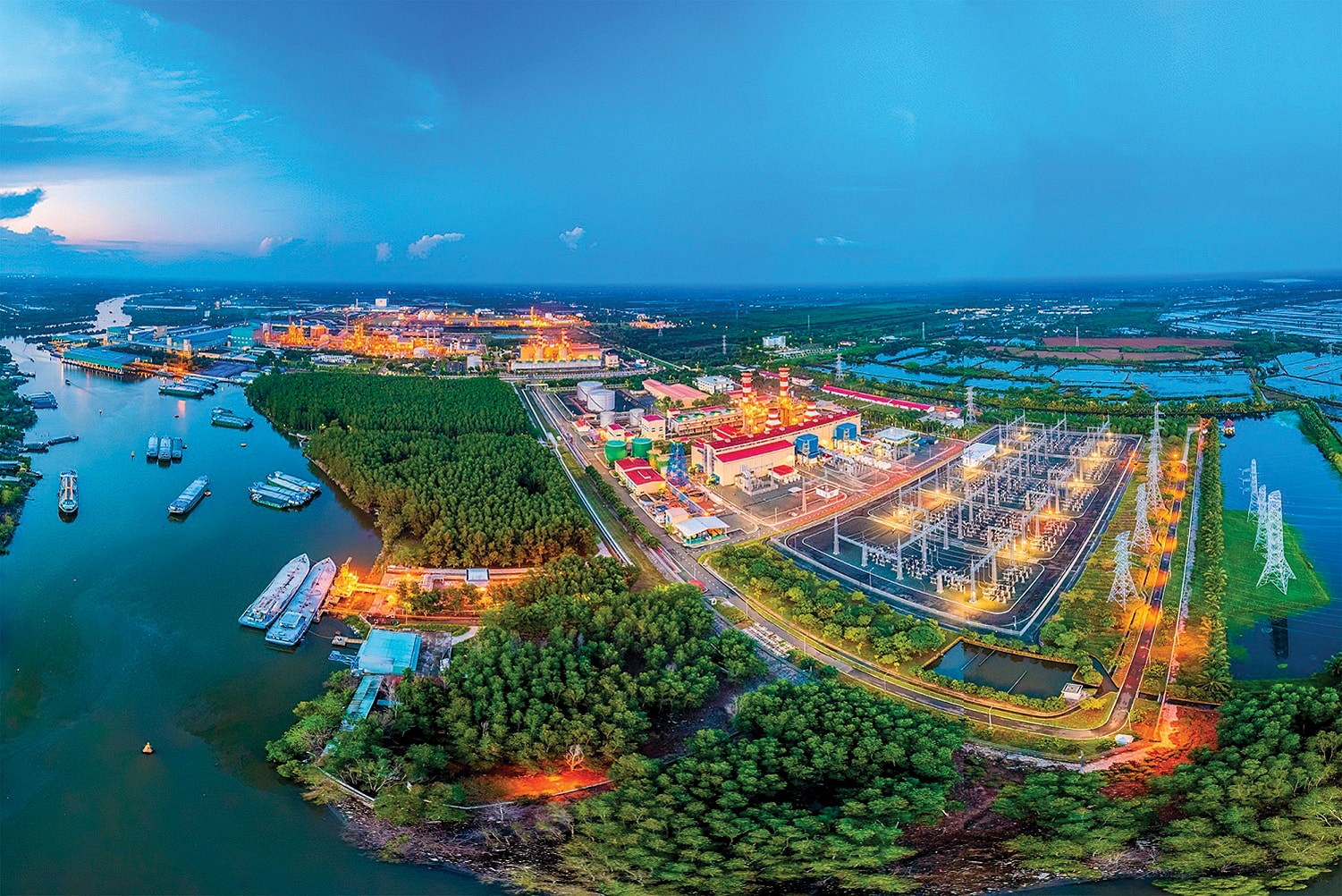
Petrovietnam's factories are always optimized for capacity and performance with high availability. Photo: Petrovietnam
Implications in management
From the above analysis, we can further clarify the meaning of “change management”. That is the ability to establish, pursue and implement goals flexibly in a context that is always changing, fast, and unpredictable, without being “stuck” in old thinking or models as unchangeable things.
“Managing change” is not an illusion of controlling all changes and fluctuations occurring in production and business in particular, and the world of things in general, but is a process of identifying, responding, and adapting through the ability to control boundary conditions, in order to ensure the overall goal in accepting the changing environment. It can be said that change is a wave, management is the art of surfing, not preventing or extinguishing the waves.
From an ontological perspective, change is an inherent property of phenomena and cannot be prevented. Realizing this helps us to be more open to change, to understand that managing change is not a formality or a slogan, but an objective necessity, a real need of all subjects, from individuals, organizations to nations and humanity.
"Managing fluctuations is managing boundary conditions to manage planning goals in the context of rapid, unpredictable changes." Dr. Le Manh Hung, Chairman of the Board of Directors of Petrovietnam |
|---|
Source: https://daibieunhandan.vn/quan-tri-bien-dong-tu-goc-nhin-ban-the-luan-10378586.html
















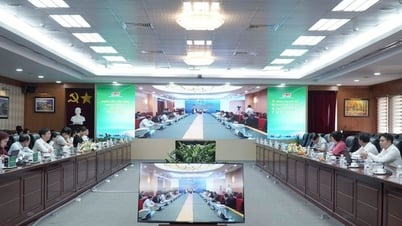

















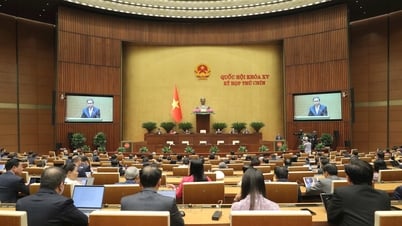
























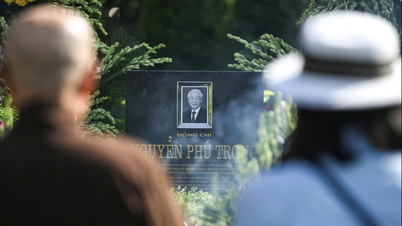







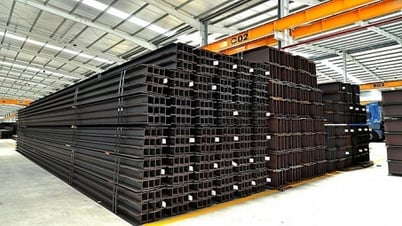

































Comment (0)